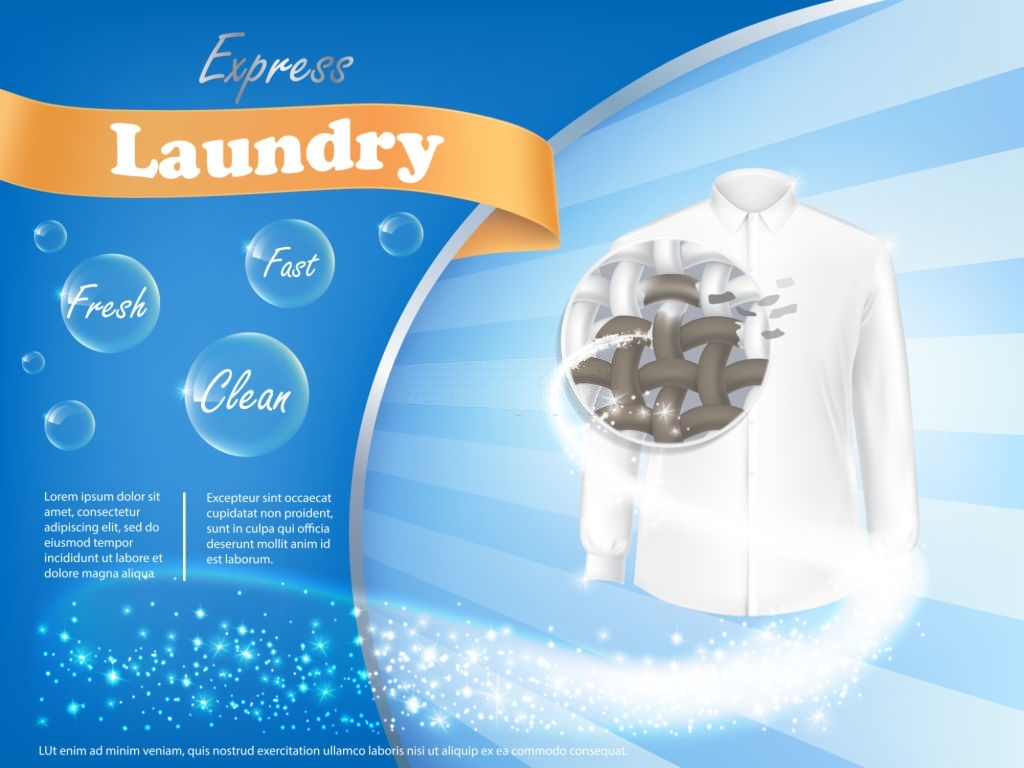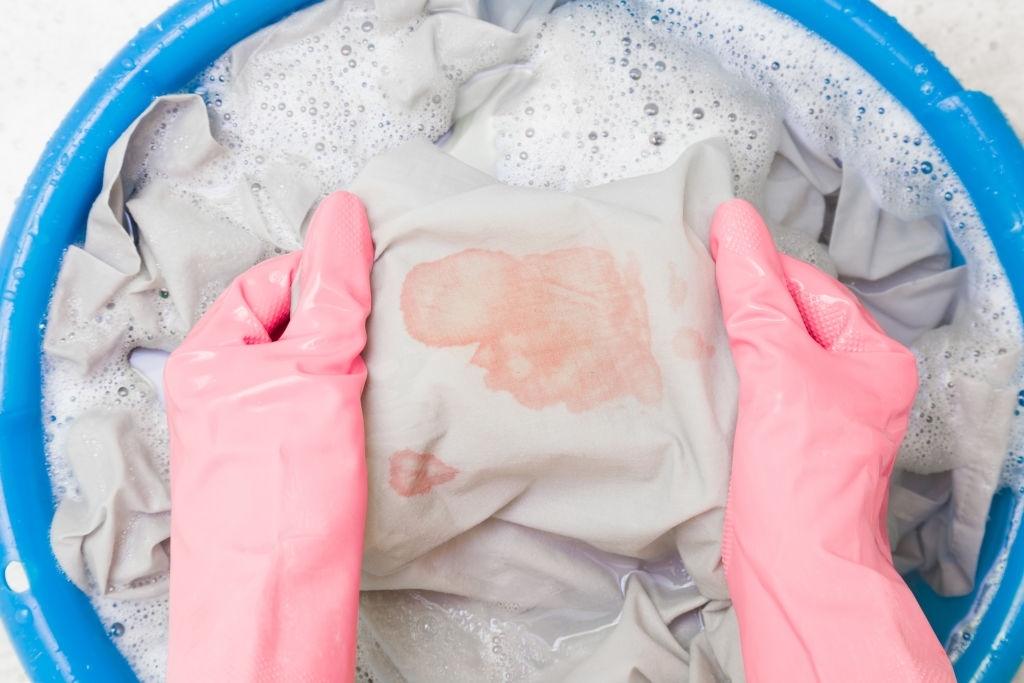Whenever you have allergies or a cold, you should wash your clothes as soon as possible to remove pollen and bacteria. It seems like laundry is never-ending when summer is in full swing.
You’re constantly rinsing tablecloths and napkins to remove mustard stains from hot dog night, and the summer heat is in full force. While washing your clothes is a good start, a simple wash cycle alone can’t kill the germs; you need a disinfectant that’s both safe and effective.
It is common to use bleach in addition to your laundry detergent in your wash cycle. Still, if the harsh chemicals and fragrances cause skin irritation or damage to your clothing, some alternatives can remove dirt and bacteria from your clothes, as well as hard-to-remove stains.
Let’s find out how to disinfect laundry and the difference between sanitizing and disinfecting.
Difference Between Disinfecting and Sanitizing
It is vital to determine the difference between cleaning, disinfecting, and sanitizing, but do these differences matter when you learn how to disinfect laundry?
Most of the time, probably not. However, if you are at a higher risk of contracting a virus or your home has a sick member, you should sanitize your laundry frequently and use disinfectants on commonly touched surfaces.
The Centers for Disease Control and Prevention recommend that sanitizers reduce germs to a level that is safe to handle, whereas disinfectants kill viruses and bacteria.
These differences are essential, but the Environmental Protection Agency (EPA) defines them differently based on their strength. EPA-approved sanitizers can kill at least 99.9% of germs on hard surfaces and 99.99% on characters used for food service.
You can disinfect hard and non-porous surfaces with approved disinfectants to kill 99.999% of germs.
How to Disinfect Laundry?

A temperature range of 40 to 140 degrees Fahrenheit is ideal for bacteria. Many of us know the danger of storing or cooking food at the wrong temperature because of this.
In addition, regular machines don’t sanitize clothes—the water isn’t hot enough to kill bacteria. You’ll be in luck if your washer has a sanitizer cycle.
Let’s have a look!
Borax
As a disinfectant and antifungal, borax is an excellent alternative to bleach.
Borax will work best with hot water, so only use it on clothing you can wash at a high temperature.
Add half cup of borax to a regular load of detergent. It’s best to mix beforehand, so your dispenser doesn’t get blocked. You can put it in the machine with the clothes if you prefer.
Make sure you wash your clothes in hot water. It would help if you didn’t use borax on a rinse cycle and shouldn’t use warm or cool water.
White Vinegar
A natural product with many practical uses around the house, white vinegar is safe and effective for cleaning, deodorizing, and disinfecting laundry.
Sanitize a load of laundry by adding one cup of white vinegar during the rinse cycle.
Using white vinegar kills bacteria, deodorizes clothes, softens fabrics, and even bright colors. Run a second one after the first rinse cycle to remove any lingering odors.
Hydrogen Peroxide
Hydrogen peroxide has probably been buried in the back of your cabinet for ten years. You probably only pull it out for the occasional cut, but you may not know that it’s an excellent disinfectant.
Make sure your peroxide is dust and cobweb-free, and add one cup after your machine is filled with water.
You should not pour peroxide directly on colored clothing unless you want your wardrobe to become tie-dye.
To avoid undesired bleaching, make sure you test the peroxide on the spot first.
Sunlight
Ultraviolet radiation is just sunlight, but it sounds more scientific. Since sunlight disinfects laundry naturally, it can provide an extra sanitizing boost when you line dry your laundry in the sun.
Do not leave the clothes out in the full sun for longer than two hours, as sunlight is also a natural whitener.
When using sunlight to sanitize clothes, hang the dry garments facing the sun for 30 minutes and flip the garment to the other side.
It turns out that sunlight has surprisingly good results at killing bacteria on surfaces, making it an excellent choice for sanitizing your laundry.
Essential Oils
It’s all the rage to use essential oils right now, and they’ve made their way into the laundry space. You can add these natural oils to your laundry to add a pleasant scent and fight pathogens.
Consequently, these oils will prevent the growth and spread of bacteria because they are antibacterial, antifungal, and antiseptic. To disinfect your laundry, you only need two teaspoons of 100% tea tree oil.
Adding a few drops of lavender or thyme oil to your clothes will keep them antibacterial, and thyme oil is known to kill E. coli and MRSA, leaving your fabrics free from unpleasant odors.
How to Disinfect White Clothes?
You might think that washing your clothes will eliminate germs. Right? Despite what it might seem like, all that agitation won’t kill them. When you wash your clothing, make sure you use the right temperature and materials.
You should wash your white clothing as follows:
- You should wash your clothing in 140-degree water.
- Make sure to use laundry detergent and bleach.
- Let the clothes dry for 45 minutes in the dryer.
How to Disinfect Colored Clothes?
It is best to wash clothes in hot water to disinfect them. However, if you are washing clothing with delicate or bright, rich colors, you will need cold water. Therefore, to eliminate germs on your clothes, you must think of alternative methods.
Because of the color of colored clothing, you cannot use bleach. To wash colored clothes, you need to:
- According to your labels, use the warmest water allowed.
- Use laundry detergent as an alternative to bleach.
- Let it dry for 45 minutes at least.
Wind Up
The purpose of disinfecting laundry during cold and flu season is to prevent the transmission of diseases. It also helps keep bacteria like salmonella and staph at bay. You know how to clean your laundry now, so wash your clothes.















